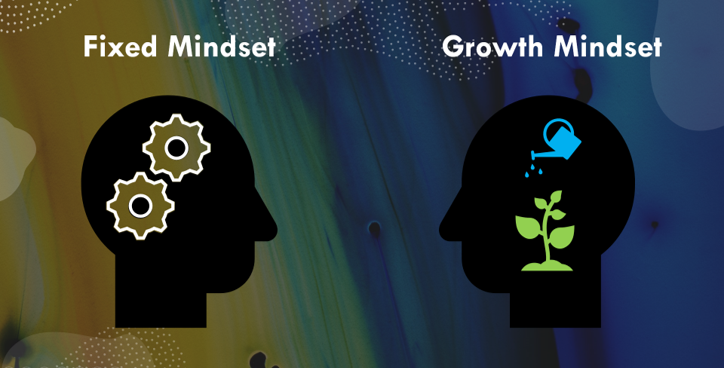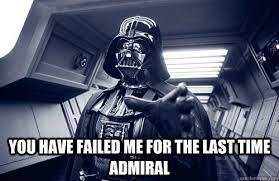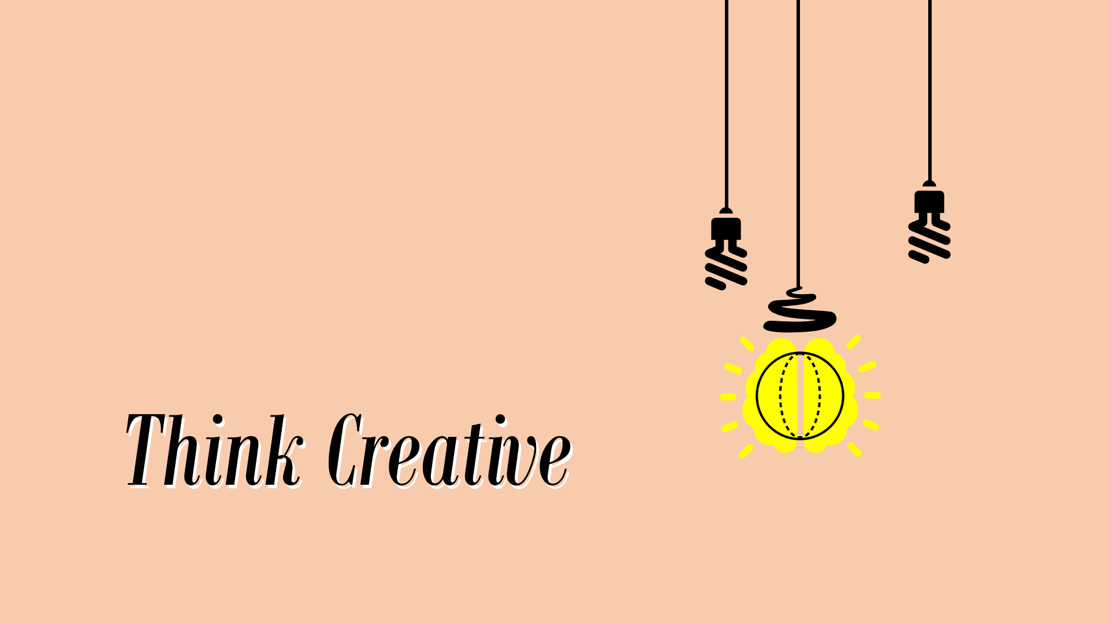Design Thinking is no longer a new concept. Around the world, people are practicing the step-by-step approach to achieving creative problem solving. A concept popularized by IDEO, businesses are starting to recognize Design Thinking as an essential skill that every employee should have.
Is Design Thinking difficult to master? What is the key to a successful design thinking collaboration to seek creative solutions?
The Magic is in the Process
Design Thinking is no miracle. While having theoretical knowledge of Design Thinking is a great start, it does not guarantee that the practitioner would know the way to apply the knowledge. Design Thinking takes time and practice. It also requires people to harness on the strength of others to proceed.
The essence of Design Thinking is in how the session is being conducted. The 5-step process is just a guide for one to follow, especially when they are less familiar with creative problem solving. However, with time and much practice, one would soon find it easier to know what they need to do.
When learning Design Thinking, it is essential to “build the right muscles” for it. What does that mean? A great example would be learning martial arts. You might remember the scene from the 2010 movie The Karate Kid whereby Mr. Miyagi taught Daniel by first cleaning the car. And his famous phrase?
"Wax on, wax off..."
While it looked mundane, it is essential for us to develop muscle memory to what we do with Design Thinking. It would help practitioners develop that through repetitive practice. The more you practice, the more you build your confidence. Exercise those design thinking muscles!
Wax on, wax off. A scene from The Karate Kid. Video by Movieclips via YouTube.
Collaboration is Key
Remember movie heroes like John Wick and Rambo? People have been sold the idea of the “lone genius” myth for a long time that it is hard not to believe that the world needs another lone genius to make things work.
Unfortunately, here is where we should debunk the “lone genius” myth. Even the most admired icon in Silicon Valley, the late Steve Jobs does not work alone. He is supported by other talented people. The Apple mouse was a product of great collaboration that happened at IDEO. A lot of diversity in thoughts and skills would be necessary to come out with out-of-the-world thinking.
While some lone geniuses may exist, it is not something that happens all the time. Our best bet is to focus on how to make collaboration work.
Lone Genius: Fact of Myth? Image via Factmyth.com
Having the Right Mindset
Design Thinking thrives on growth mindset. While it is important to recognize that real-life resources could be scarce, one’s mind should not operate on scarcity but one of abundance. When seeking opportunities, having an open mind in exploring more possible solutions would help one to break out of their constraints.
Constraints come in various ways. Some see rules and government policy as a constraint. Others might see cultural norms and “common sense” to be constants in life that should not be challenged. While it is important to know and acknowledging the cultural norms in life, one should also expand their minds by looking at the practicality of these “constraints”. Do the old practices, rules, or law need to be updated to keep up with the times? Or should they be maintained for the benefit of humankind?

Do we embrace the Fixed Mindset or the Growth Mindset?
Diversity as a Double-edged Sword
While we understand that diversity and inclusion are key in design thinking as we are essentially harnessing strengths from everyone involved, more often than not diversity and inclusion could pose a huge challenge.
When do the cracks start to surface?
Anytime stress builds up, intensity in discussion increases and when emotions get mixed into an objective discussion. These are some of the example situations whereby seemingly collaborative and happy group members may suddenly unleash their Mr. Hyde.

Which side are we unleashing? Dr. Jekyll or Mr. Hyde? Image via Adobe Stock Images
Let us do bear in mind, in-depth discussions may sometimes be triggering. When having a discussion with people from diverse backgrounds and beliefs, you might sometimes find your own beliefs challenged. There will be times where a disagreement would break out because both parties are seeing from different perspective.
The best way to handle this challenge is to agree to disagree but come back to the objective of the task at hand. What is the team trying to achieve? What is the intention of this discussion? Would it help the team member to understand from another person’s perspective, or would it sow more discord and divide? Could someone pledge to improve their communication skills, and another to stop making assumptions when no information is provided?
That conversation needs to happen. It should be facilitated to avoid individuals from going down the rabbit hole of their personal perspective than trying to see eye-to-eye. At this point, it is easier for the connection between people to break down than to grow stronger. People tend to choose avoidance to salvage whatever relationship that is left, but oftentimes this is an act of sweeping all the challenges under the rug. This is when an objective-driven and open facilitator can help to re-align the team.
Challenges in Moving Forward
One of the biggest challenges people face when they dive into Design Thinking is the challenge with “time crunch”. How should one deal with time limitation and how do they know when to move forward?
In every design sprint, one person should always be a designated “facilitator”; the person who makes the decision on the amount of time spent on the process, and the person who can get buy-in from relevant parties to ensure the participants’ schedules have been emptied for the session to happen.
This challenge is something many self-organized Design Thinking sessions do not consider, especially during their experimentation stage. When faced with setbacks during the trial, the key is to manage expectations of the participants (and stakeholders).

Time-boxing is essential in herding the team in a design thinking session.
Have We Failed Enough to Succeed?
The term “failure” has always been associated with something negative, something one should be ashamed about because they were not able to “succeed”. However, the tides are changing these days. Failure is seen as a great learning opportunity, something only people who decided to take great risks would experience.
When it comes to finding creative solutions to problems, people are encouraged to dream bold and dare to try something radically new. Design thinkers are encouraged to fail fast to quickly validate if the radical ideas would work or not.
In many Design Thinking sessions, one might come across nay-sayers who would say things like, “That is never gonna work!”, “We’ve done that before, it failed”, or even “I don’t think that is a good idea”. Fearing failure is a great way to avoid testing an idea to see if it would work. And sometimes, it is not the idea itself that is bad, it might be due to the execution or even the way an idea is being positioned to prospective users. What should teams do if they want to avoid creating a solution that would not work?
Post-mortem.
Why Post-Mortem Matters?
Here is the part whereby we would take all the results from the testing done and evaluate the good, the bad, and the ugly that happened. After objectively analyzing the results, the team can then zero in on the parts that are not working well. They can also learn what works well so they know when they can replicate the success.
The only challenge that happens in post-mortem session is this: When people succeed, they do not put as much effort into finding out what contributed to the success. On the flipside, people tend to judge failure more harshly. One example is the need to have somebody to hold responsible for the failure.

The need to hold someone responsible for failure is not new. Image via Quickmeme.com
If teams operate in a way that they accept successes as something “expected” and failures as an opportunity to hold someone accountable for the failure, there will not be any form of psychological safety created in the working environment. People would start choosing to keep quiet because they do not want to be held accountable when something wrong happens along the way.
Evaluate the environment that teams are operating in. Are they being incentivized to take risks in a safe manner? Or are they being penalized for trying? While nobody would intentionally create a toxic environment, some circumstances could unintentionally incentivizing toxic positivity and discouraging honest feedback within teams.
While it might look complicated, the solution is actually very easy. And it starts from the culture built and the alignment we have through better and transparent communication between team members. We are all operating on different belief systems, backgrounds, and aspirations in life. A common ground is essential for everybody to be aligned beforehand. And the leader has to be the one to set the tone for everybody to follow.
In Conclusion
Design Thinking is not a difficult concept to understand. The 5-step process is a great guide to help team members to know what to do next. The challenge lies in how effectively one could facilitate or guide the team.
Where there are people, there would always be conflict. When we can effectively manage the environment in which teams work in, the process would bring out the best in the collaboration.











